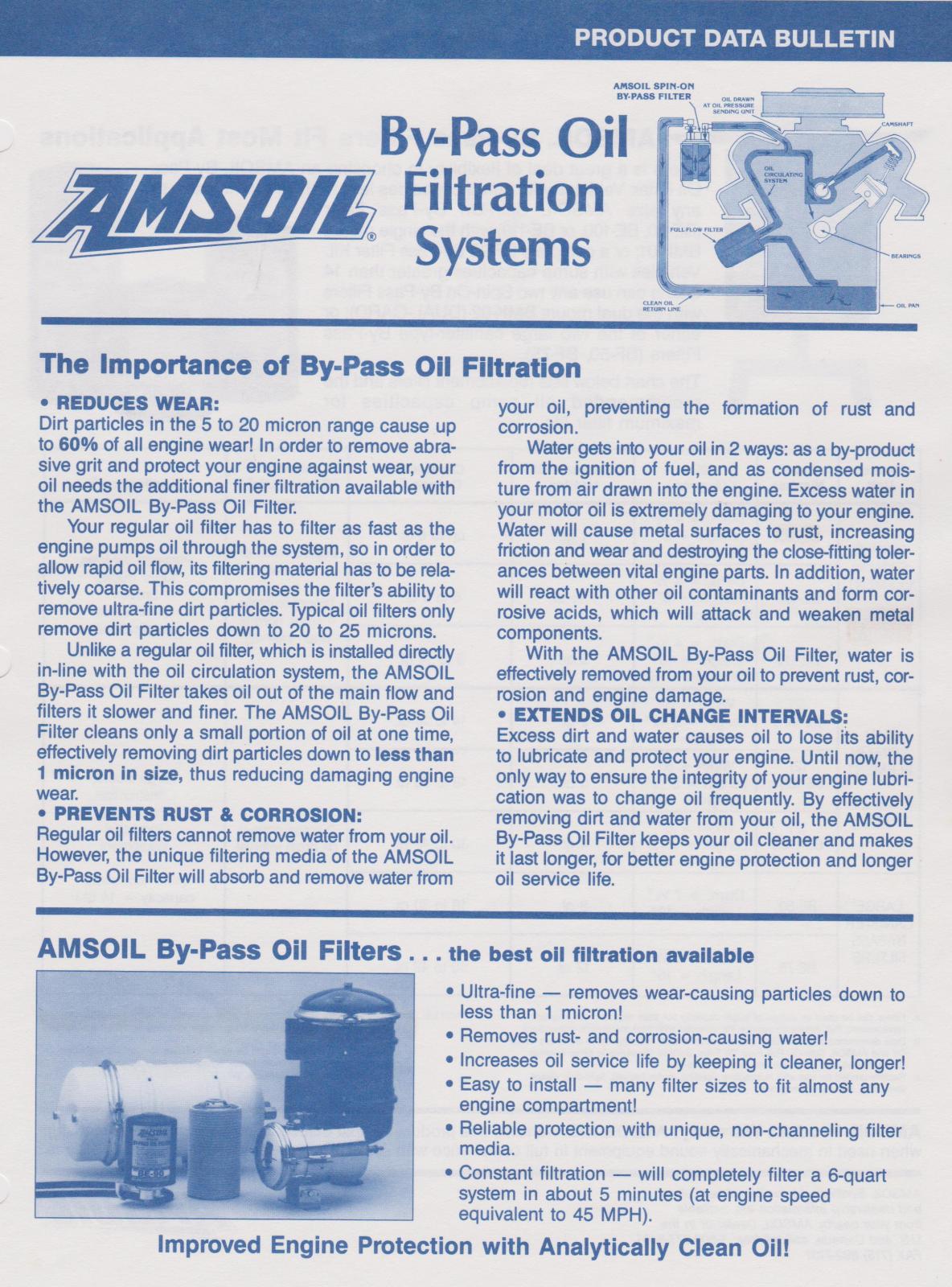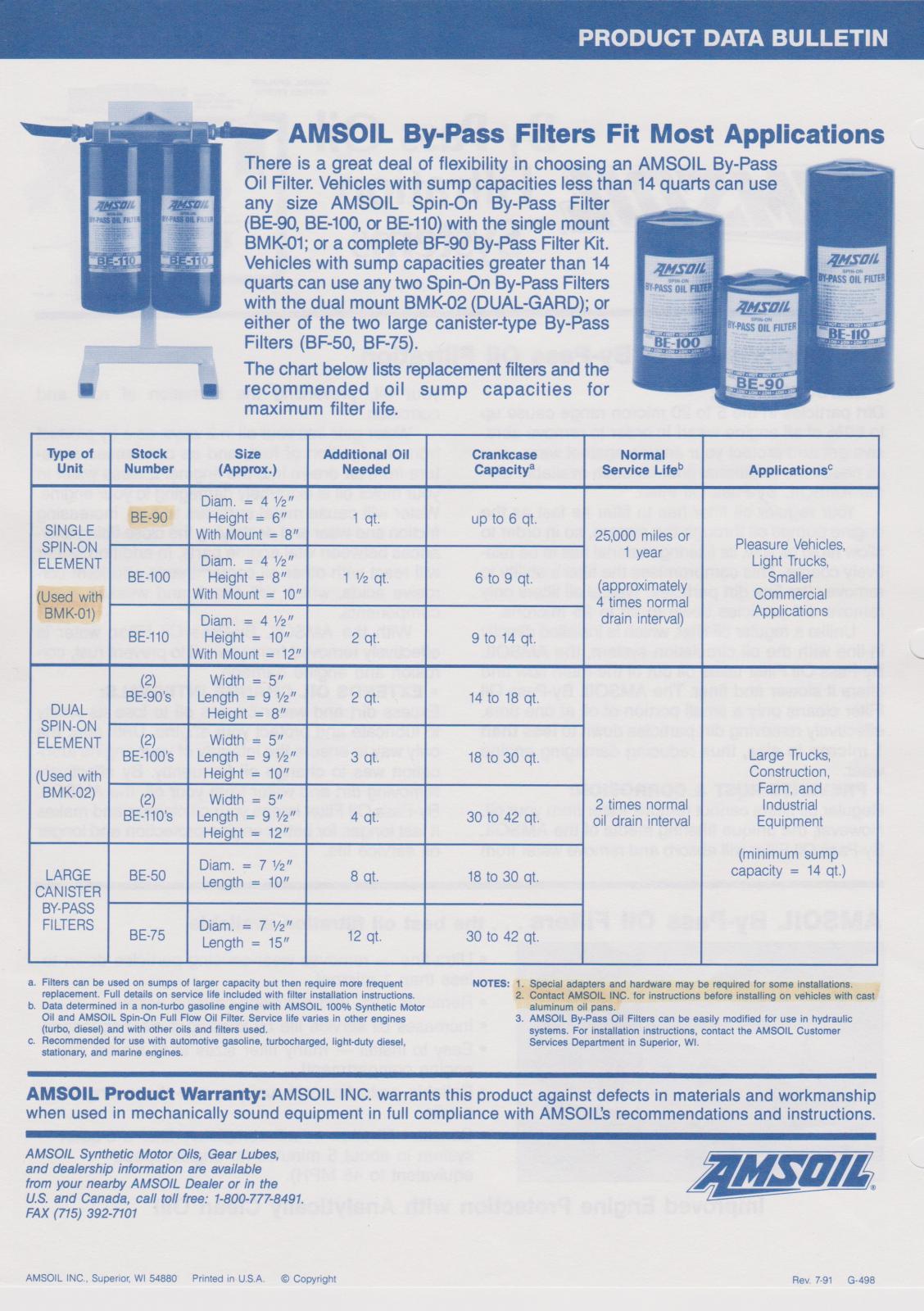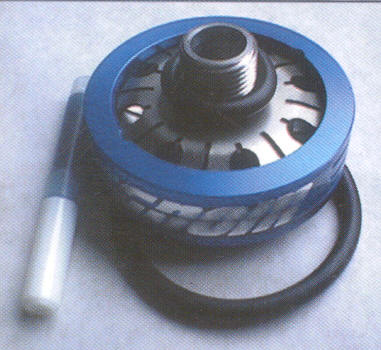If driving any significant distances off-road or on dirt roads or unsealed gravel / graded roads, it will be necessary to clean or replace the engine’s air-intake filter (typically a pleated-paper filter or oil-bath filter) at much more regular intervals, than is normally recommended for use on sealed-surface roads such as concrete or tarmac. In extreme cases, this might be necessary every few days or even every day, which is certainly mentioned in the owner’s operating manual for the 1973 VW 1600 & 1700 Type 2 Transporter T2. Hence, it might be advisable to take a few extra spare air-filter elements, which would “normally” require changing at least once during a 20,000 mile journey.
If one has an inlet-manifold vacuum gauge on the dashboard, progressive increases in idle-speed vacuum should indicate clogging of the air filter. I also vaguely recall that some commercial vehicles have differential-pressure switches linked to a warning device which indicates when an air filter is becoming clogged.
Owing to quantities of fine abrasive dust passing through the air filter into the engine, there would also be a need to change the oil and/or oil filter at more regular intervals. Given that it might be extremely difficult to source engine oil (mineral, semi-synthetic or fully-synthetic) with appropriate additives for a classic car on route, it would be prudent to carry enough oil & oil-filter cartridges for at least two oil changes plus any top-ups necessitated by oil leakage and/or consumption.
If using a semi-synthetic or fully-synthetic engine oil, which is very much less susceptible to oxidation & sludge-formation than conventional multi-grade mineral oil (as I have discovered from personal experience), it is possible to substantially increase the oil-drain intervals, by retro-fitting a supplementary fine-filtration, bypass oil filter as commonly used on heavy-goods vehicles, so that one has both full-flow coarse filtration and bypass-flow (i.e. partial-flow – typically 10~20%) fine filtration. One such bypass oil filter kit is, or at least was, available from Amsoil, but there might be other cheaper options. Magnetic filtration in various forms is also available, which might be of particular benefit when travelling on laterite dirt roads.
https://en.wikipedia.org/wiki/Laterite
https://en.wikipedia.org/wiki/Dirt_road
https://en.wikipedia.org/wiki/Dirt_road ... rram_roads
Amsoil Bypass Filtration Kit
https://www.thebestoil.com/products/byp ... iltration/


Magnom magnetic oil filtration – pre-filter canister unit

https://magnom.com/
https://magnom.com/?s=PFU
https://magnom.com/magnom-products/magn ... ter-units/
https://magnom.com/wp-content/uploads/2 ... 00-700.pdf
Bennett Fitch (Noria Corporation), “Magnetic Filtration Applications and Benefits”, Machinery Lubrication, September 2005
https://www.machinerylubrication.com/Re ... filtration
https://www.machinerylubrication.com/Meta/Topics
https://www.machinerylubrication.com/Me ... %20filters
https://www.machinerylubrication.com/Me ... tor%20oils
https://www.machinerylubrication.com/Re ... -additives
https://www.machinerylubrication.com/Re ... ileage-oil
Back in the mid-1980s, the recommended oil-drain interval was 1 year or 25,000 miles (whichever came first) for Mobil 1, SAE 5W/50, API SF, “Rally Formula” fully-synthetic engine oil [bought in 1985/86 at Key Markets, Mobil franchise petrol station for £4•50 (normal price was circa £12•00) per 4 litre can], which I used with good results, in the water-cooled and air-cooled engines, of the 1974 Triumph Toledo 1300 “HL Special” and the 1973 VW 1600 Type 2 Transporter; albeit with substantially less than 25,000 mile drain intervals, owing to the limitations of the factory-standard oil-filtration systems.
Ideally, one would retro-fit a supplementary cyclone air pre-cleaner, if driving significant distances on dusty roads! In the following second installment of an article I wrote for the VWT2OC – Volkswagen Type 2 Owners’ Club bi-monthly magazine, I discussed alternative air filters that were available as either factory-fitted or dealership-fitted options, for territories where dusty conditions were an inherent problem, of which Australia and South Africa were two particular areas which warranted these options.
Nigel A. Skeet, "Replacement Parts & Touring Spares, for Volkswagen Transporters, Imported Second-Hand from Overseas - Part 2", Transporter Talk, Issue 112, April 2011, Pages 22~28.
In the article, I cited Philip Lander from Australia, who had a Nippon-Donaldson “Cyclopac” two-stage air-filter unit, that he had on his 1974 VW 1800 Type 2 with twin Solex carburettors. He informed me that VW of Australia had introduced this Japanese manufactured, Donaldson two-stage air cleaner (the first stage is probably a cyclone pre-cleaner of some description) as a dealership-fitted option, following numerous engine rebuilds under warranty, as a consequence of these vehicles being driven on Outback dirt roads, when equipped with the normal single-stage, paper-element air filter.
https://www.donaldson.com/en-us/engine/ ... cessories/
https://www.donaldson.com/en-us/engine/ ... -cleaners/
https://www.donaldson.com/en-us/engine/ ... s/general/
https://www.donaldson.com/en-us/engine/ ... ndicators/
Much of the information for this section of the magazine article, was derived from discussions on the Australian Kombi Club forum and South African Air-Cooled VW Club forum of which I am also a member.
Technical Advice > Engine air filters for very-dusty conditions?
http://www.aircooledvwsa.co.za/viewtopi ... =4&t=12592
Bay Tech Clinic > Engine & Transmission > Engine air filters for very-dusty conditions?
http://www.forums.kombiclub.com/showthread.php?t=23366
Bay Tech Clinic > Engine & Transmission > Stock air cleaner
http://www.forums.kombiclub.com/showthread.php?t=28937
During March-April 1980, whilst touring Botswana, South Africa & Swaziland in a Nissan E20 based motor-caravan, I drove on several dirt roads and unsealed, graded-aggregate (i.e. macadamised) roads, where one frequently encountered large clouds of fine, choking dust, generated by the wheels of passing vehicles.
Seeing an approaching or overtaking vehicle, there was a mad scramble to close all of the windows and ventilation vents, before we were enveloped by the dust cloud, which would otherwise cause us to cough and splutter for several minutes. It might have been useful to have had a ventilation-air filter (aka pollen filter) incorporated into the ventilation system, but such sophistication was uncommon or unknown in those days!
https://en.wikipedia.org/wiki/Macadam
How to Grade a Gravel Road: General Principles
https://www.khplant.co.za/blog/article/ ... principles
On either dirt roads or unsealed, graded-aggregate roads, traction, road holding and stopping distance are inferior to sealed road surfaces such as concrete or “tarmac” (i.e. tarmacadam – macadamised road, sealed and stabilised using tar / asphalt / bitumen as a binding agent), so one needs to leave longer following distances and avoid violent braking, acceleration or steering.
It’s also wise to leave much longer following distances, to minimise exposure to fine dust, of both the vehicle occupants and the engine. On unsealed, graded-aggregate roads, there is also the added risk of windscreen breakage from frequent flying stones, kicked up by the wheels of vehicles one is following behind.

